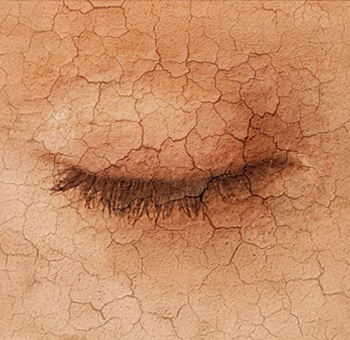Types of Glaucoma
Glaucoma is characterized by progressive damage to the optic nerve.
Primary open-angle glaucoma is the most common form of glaucoma. It’s also painless and develops slowly, making it difficult to detect without an eye exam. Primary open-angle glaucoma happens when the eye’s drainage system no longer works properly, preventing fluid from draining from the eye. As the fluid builds up, the eye’s pressure increases. Prolonged elevated intraocular pressure causes damage to the optic nerve and vision loss.
Normal or low-tension glaucoma causes optic nerve damage, despite the eye pressure remaining at a normal level. Unlike other forms of glaucoma, there is no obvious cause. It’s not totally understood how this type of glaucoma happens, although it could be due to a sensitive optic nerve or a reduced blood supply to the optic nerve.
Angle-closure glaucoma is much less common than primary open-angle glaucoma, but it is much more sudden and severe. Angle-closure glaucoma happens when the drainage angle in the eye suddenly closes or becomes blocked. Fluid from the eye can’t drain properly, causing a sudden buildup of pressure, with optic nerve damage and vision loss. This type of glaucoma is a medical emergency and needs to be treated immediately to lower the eye’s pressure. It causes severe pain and vision loss, often within 24 hours.
Secondary glaucoma results from an eye injury or other eye disease. It can be caused by a number of medications, medical conditions, or eye injuries, particularly blunt trauma to the eye that causes bruising. Secondary glaucoma resulting from trauma can occur immediately or years later.

















